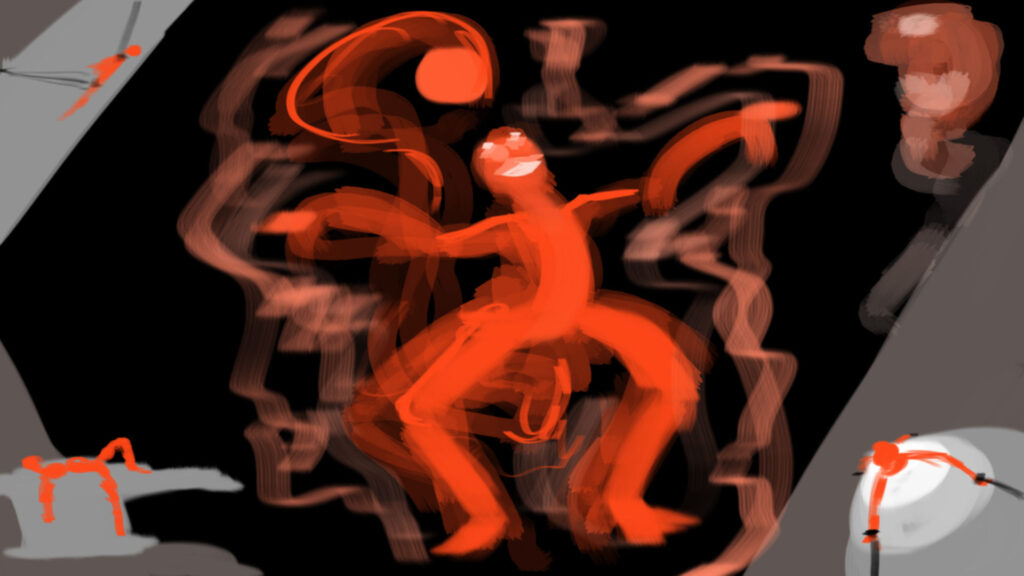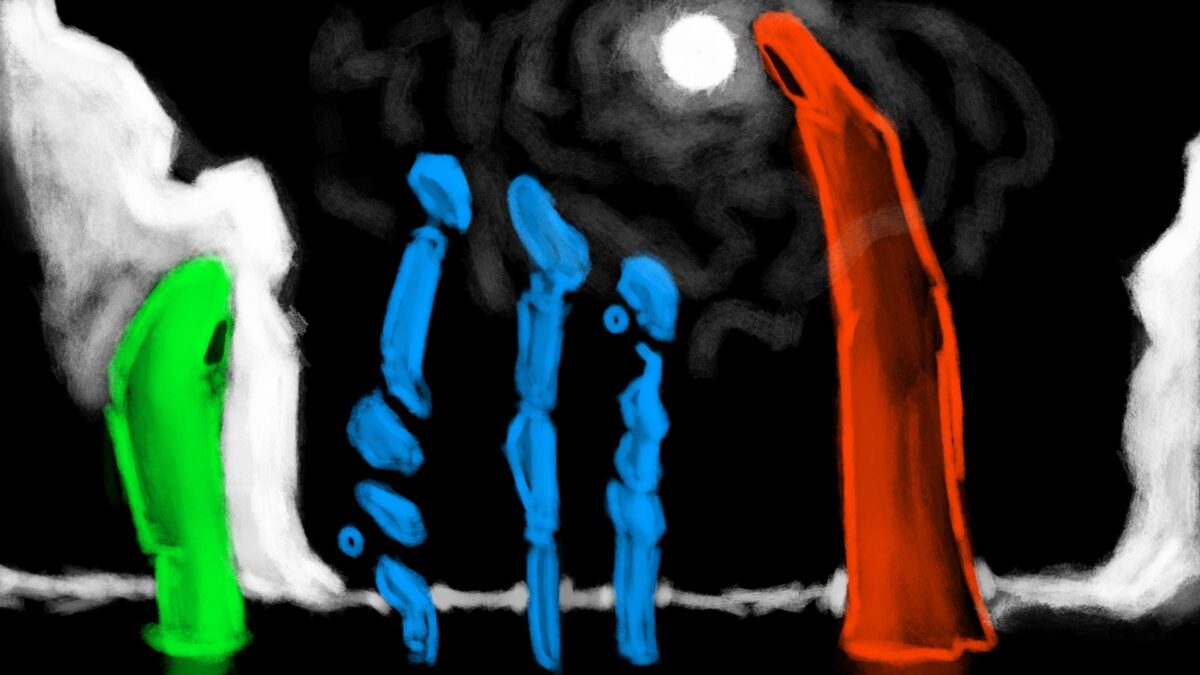- You want to Design an Adventure.
- A simple, clean Adventure with a simple clean Structure.
- An Adventure which gives you the Opportunity to Improvise & let the Story unfold.
- What do you need?
Summary – How to draw an Adventure?
- Start with a Clear Ending
- How is your Final Scene?
- Draw your Opening Scene
- Draw your Discovery Scenes
- Arrival in a New Environment
- Meeting a New Character
- Draw your Development Scenes
- Arrival in a New Environment
- Meeting a New Character
- How do you use Framing to display the Critical elements of your Story?
- How do you Depict them?
The Final Scene

- Impressive
- The Final Scene has to be memorable.
- What’s Memorable?
- It needs to have a sense of Balance.
- And next to the end you want to Unbalance it in favor of the Characters.
- Or against them, if you plan to eliminate them.
- You fix the Difficulty.
- You have to Use Space.
- Display the Ending.
- Show the focal Element of the Final Scene.
- The Disproportion.
- Excess is necessary.
- Memorable
- The Setting will do the work.
- Use the Setting.
- Use its Features.
- What are its Peculiarities?
- What makes it Unique?
- How do you make use of this Uniqueness?
- How do you use Creatures to enhance it?
- Loss
- How will the Story End?
- How will you represent this End?
- In most Endings the Characters face a Trial.
- The Environment is Dangerous.
- They face Threats.
- This may conclude in the Death of some Characters.
- Should a Character die?
- Which one?
- What would cause her Disappearance?
If you want to know more about how to end a Story.
The Opening Sequence
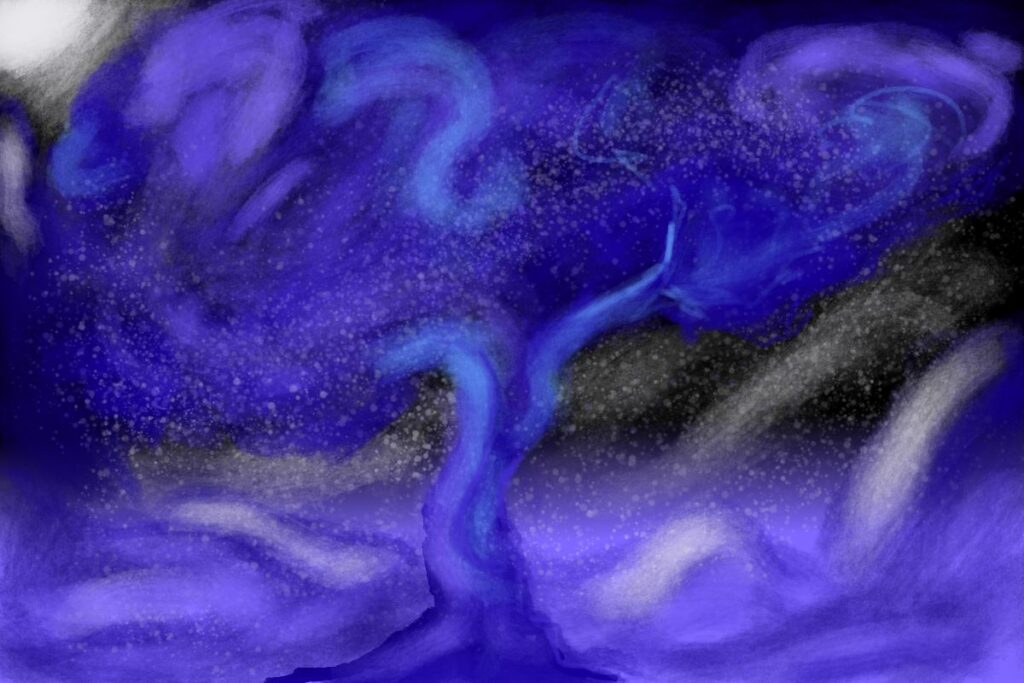
- Atmosphere
- Start with the Story’s fundamentals.
- The Colors you use will define the Story.
- And the Story’s Climate.
- Represent the Story’s Themes with Icons.
- The Shapes which will represent the Story best.
- Aperture
- The Story’s Aesthetic should be anchored in the 1st Scene.
- It is the Story’s summary.
- If an element has to be seen 1st, depict it 1st.
- The following scenes are here to support both the Opening & the Ending.
- The Opening can be the Ending.
- You can create a Cyclical Story to enhance the relationship between your Stories.
- And the relationship with the Public.
- Attachment
- The Opening should create a sense of Belonging.
- A wish to Stay.
- A wish to Return to your Story.
- Use Familiar Images.
- Evocative Images.
- Solicitate the Common visual Library to find appropriate Symbols.
If you want to know more about how to Start a Story.
Discovery Scenes
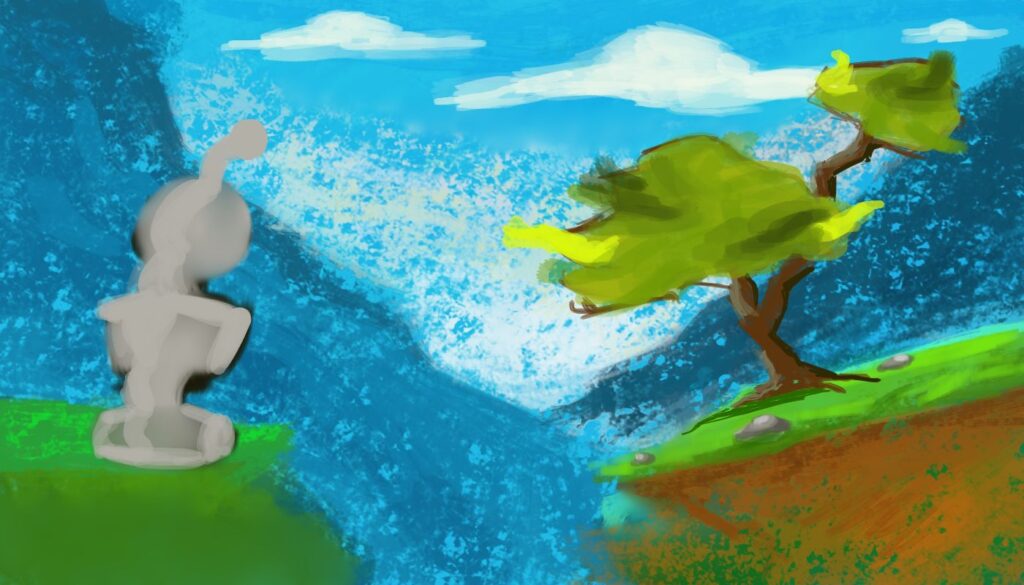
- Pace – Defining the Rhythm
- The even Scenes will serve as Discovery scenes.
- 1st Events are introduced.
- It allows the Public to discover Unknown Worlds & Stories.
- The Introduction can be Fast or Slow.
- Meeting People
- Characters will meet Characters.
- These Characters need Goals.
- They need Behavior Traits to become relatable.
- They need memorable Quirks.
- Physical
- Behavioral
- They can act as Support.
- Or as Opposition.
- Visiting Environments
- Where would you go on a Vacation?
- What would this place look like?
- What would it be its main Colors?
- Why would you choose this Place?
- Which Special Feature does it Present?
- Compose your Discovery Scenes with this Special Feature as the Focal Element.
- It will often be a Landmark.
- Focal Element do not have to be in the Center of the Image.
- Use Color Contrast to Enhance its presence.
- You could also make use of Shape Contrast to display it more Clearly.
- An Enjoyable Story
- The Public wants strong characters.
- Loveable Characters.
- Characters which will entertain them as the Story unfolds.
- Characters which, as they appear on screen, will make them smile.
- The same logic is applicable to Environments & Settings.
If you want to know more about creating a sense of discovery.
Development Scenes
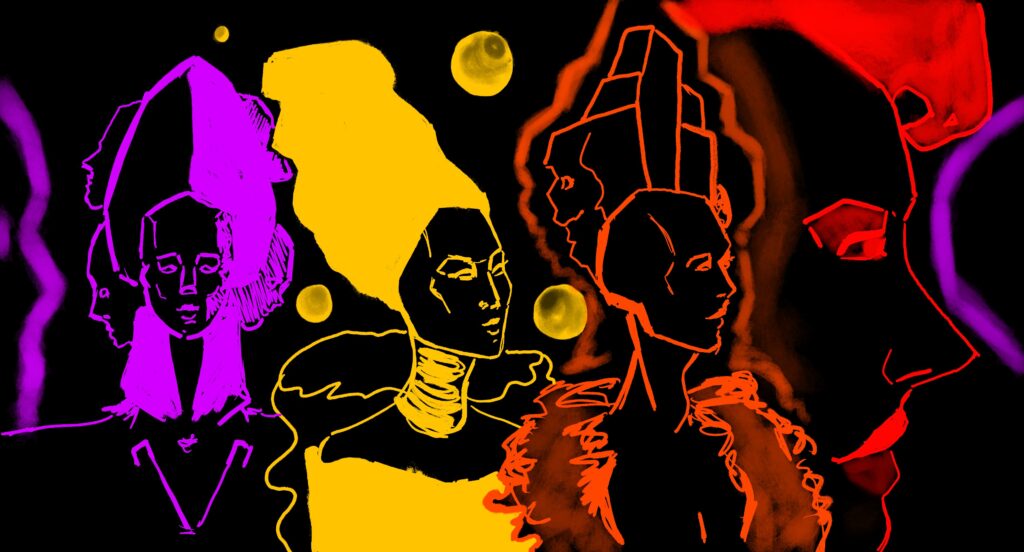
- Incompleteness
- Discovery Scenes are Incomplete.
- This Incompleteness Allows a Follow-up.
- It introduces a Necessity to move.
- A Necessity to Change.
- This Change is brought through Development.
- The Characters will have to research.
- They will have to explore known locations or visit new ones.
- In order to Gather Resources.
- To Find Information.
- To Recruit someone.
- Pace – Adjusting the Rhythm
- A Story Develops through Action.
- All images, even representing a fixed figure, should have a sense of Movement.
- All images have a flow.
- Emphasize a Split between Crisis & Moment of Peace.
- And then gradually conjoin them.
- Block out the essential Shapes of the Story.
- And add layers of complexity.
- Bringing a Diversity of Scenes to the Public is always appreciated.
- Crisis Scenes complement Recovery Scenes.
- The Violence & the Brutality for the former.
- The Soothing & the Peace for the latter.
- Pain
- How do you Transcribe Pain in an Image?
- You can use facial Expressions.
- You can use Gestures.
- You can use Textures.
- The most effective way is to distort the Image.
- To enhance the Shape distortion use Painful Colors.
- Colors which will complement the Anomalies & Abominations.
- Colors which evoke Crisis.
If you want to know more about how to develop a World.
